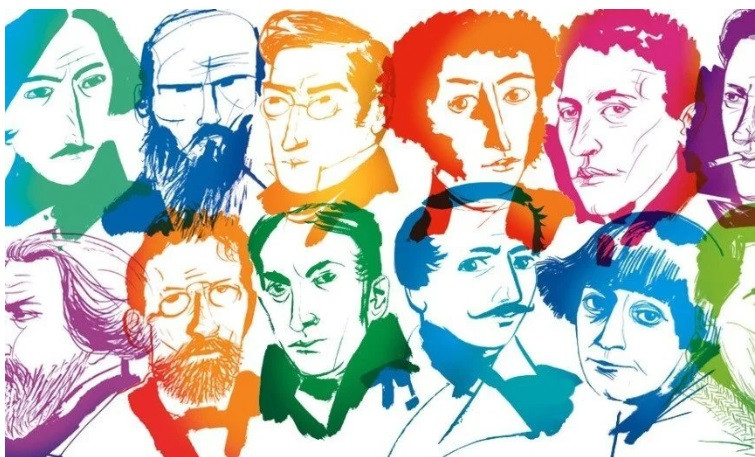How to write a poem?
Poetry is a fire igniting within the soul of a person. This fire burns, warms, and illuminates. A true poet involuntarily burns with both suffering and sets others ablaze, and that is the essence of it.
Leo Tolstoy

Writing poetry is a creative process that can be unique for each individual. However, there are general recommendations that can help in writing poems. Here are some steps that can be useful:
- Choose a topic. Decide what your poem will be about. It can be something personal, emotional, related to nature, social issues, and so on.
- Experiment with rhythm and meter. Play with the line length and rhythm to create musicality. Sometimes, changing the line length can add expressiveness.
- Play with rhythm and rhyme. Experiment. Rhyme is the similarity of the ending sounds of lines, and rhythm is the arrangement of stressed and unstressed syllables. Ensure that rhyme doesn’t distract from the main content. Rhyme should serve your communication with the reader.
- Pay attention to the sound of words. Notice how words sound. Poetry is not only about meaning but also about the feeling conveyed through sound.
- Use imagery and metaphors. Introduce images and metaphors to make your text more expressive and interesting.
- Focus on the main idea. Avoid excessive detailing. Concentrate on the key thought or feeling you want to express.
- Use concise language. Choose words that best convey your idea, avoiding unnecessary words and repetitions.
- Be original. Try to express your thoughts or feelings in a unique way, avoiding clichéd phrases.
- Don’t pay attention to unjustified criticism. In the modern world, it is very challenging to be a poet or a writer. Often, young talents, facing a wave of negativity after publishing their work, abandon their beloved creation and stop writing.
Love, create, write!
